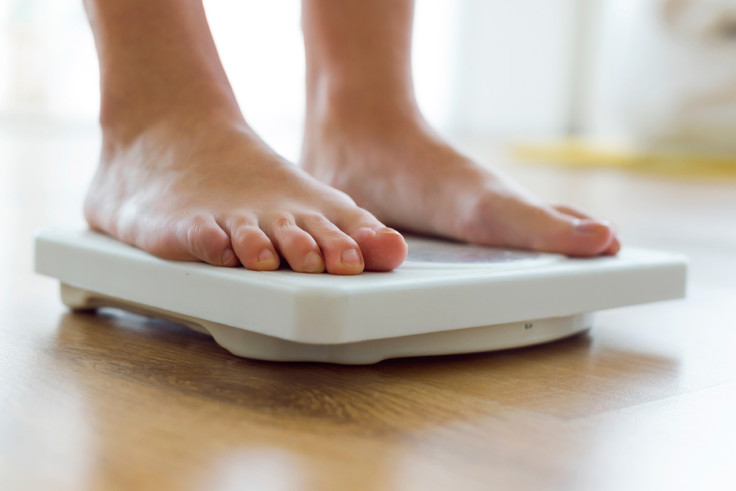Obesity and diabetes: Sitting on a whole-body vibration machine just as effective as exercise
Whole-body vibration tested for its benefits in mice and could have implications for human health.

Sitting, standing or lying down on a whole-body vibration machine could be as effective as regular exercise in terms of the health benefits. In a study on mice, scientists found whole-body vibration had similar metabolic benefits as going on a treadmill – a finding that could have implications for humans in the future.
Whole-body vibration – or WBV – involves transmitting energy into the body. When the machine vibrates, muscles contract and relax repeatedly every second. While there has been interest in it for decades, direct comparisons between WBV and actual exercise are lacking.
At present, the rates of obesity and type 2 diabetes are increasing significantly. Both conditions come with significant health problems, including the disruption of bone formation – leading to an increased risk of fractures. Although exercise can counteract this problem, many people struggle to do enough.
In a study published in the journal Endocrinology, researchers looked at what impact WBV would have on bone formation. The team, from Augusta University in the US, used two groups of five-week-old mice. One group was healthy, while the other had been genetically modified so they were unresponsive to the hormone leptin. This promotes feeling full after eating, and as a result they were obese and diabetic.

The mice were then, for 12 weeks, placed on different exercise regimes. Some were on a treadmill, others were sedentary while the others had WBV. Their findings showed that the genetically obese and diabetic mice gained similar metabolic benefits from WBV as those that had been put on the treadmill, gaining less weight than the sedentary group. They also showed enhanced muscle mass, insulin sensitivity and some improved bone formation.
"Taken together, these observations indicate that whole-body vibration recapitulates the effects of exercise on metabolism in type 2 diabetes," they wrote.
First author Meghan E McGee-Lawrence said: "Our study is the first to show that whole-body vibration may be just as effective as exercise at combatting some of the negative consequences of obesity and diabetes. While WBV did not fully address the defects in bone mass of the obese mice in our study, it did increase global bone formation, suggesting longer-term treatments could hold promise for preventing bone loss as well."
The researchers say WBV could, in the future, be used to treat metabolic dysfunction in morbidly obese people. "With increasing prevalence of obesity and its comorbidities, WBV warrants further investigation as a strategy to attenuate risk factors for cardiovascular and metabolic diseases," the team concluded.
McGee-Lawrence added: "These results are encouraging. However, because our study was conducted in mice, this idea needs to be rigorously tested in humans to see if the results would be applicable to people."
© Copyright IBTimes 2024. All rights reserved.






